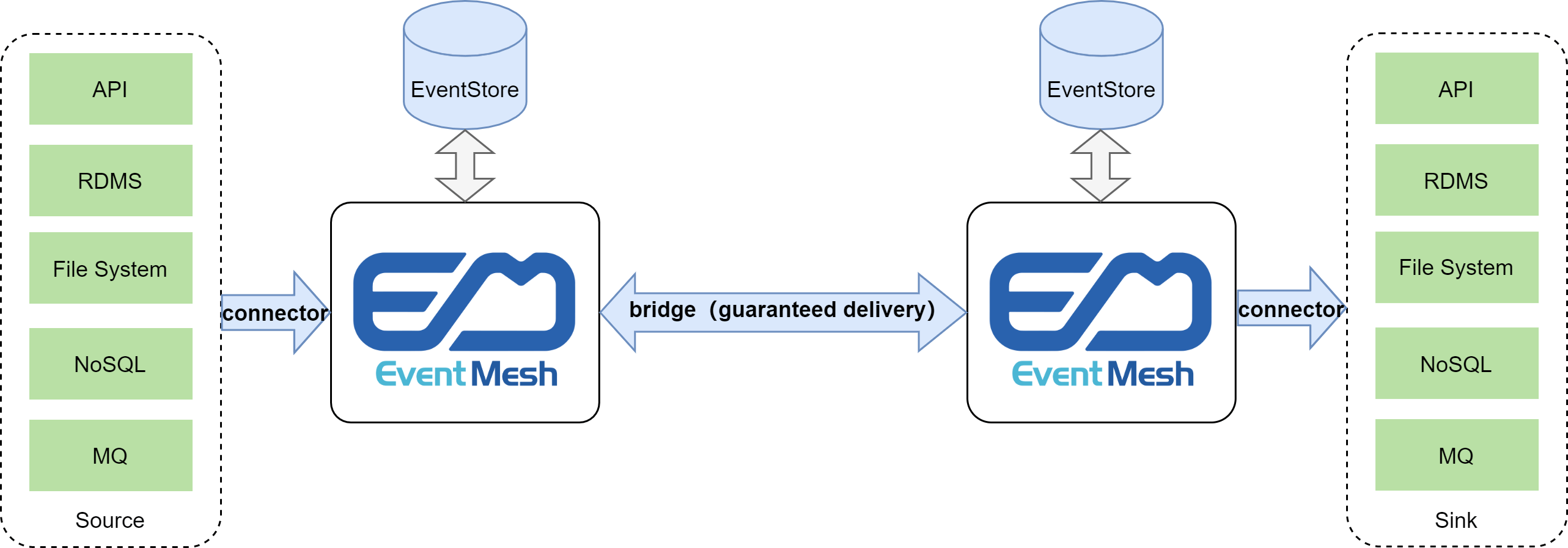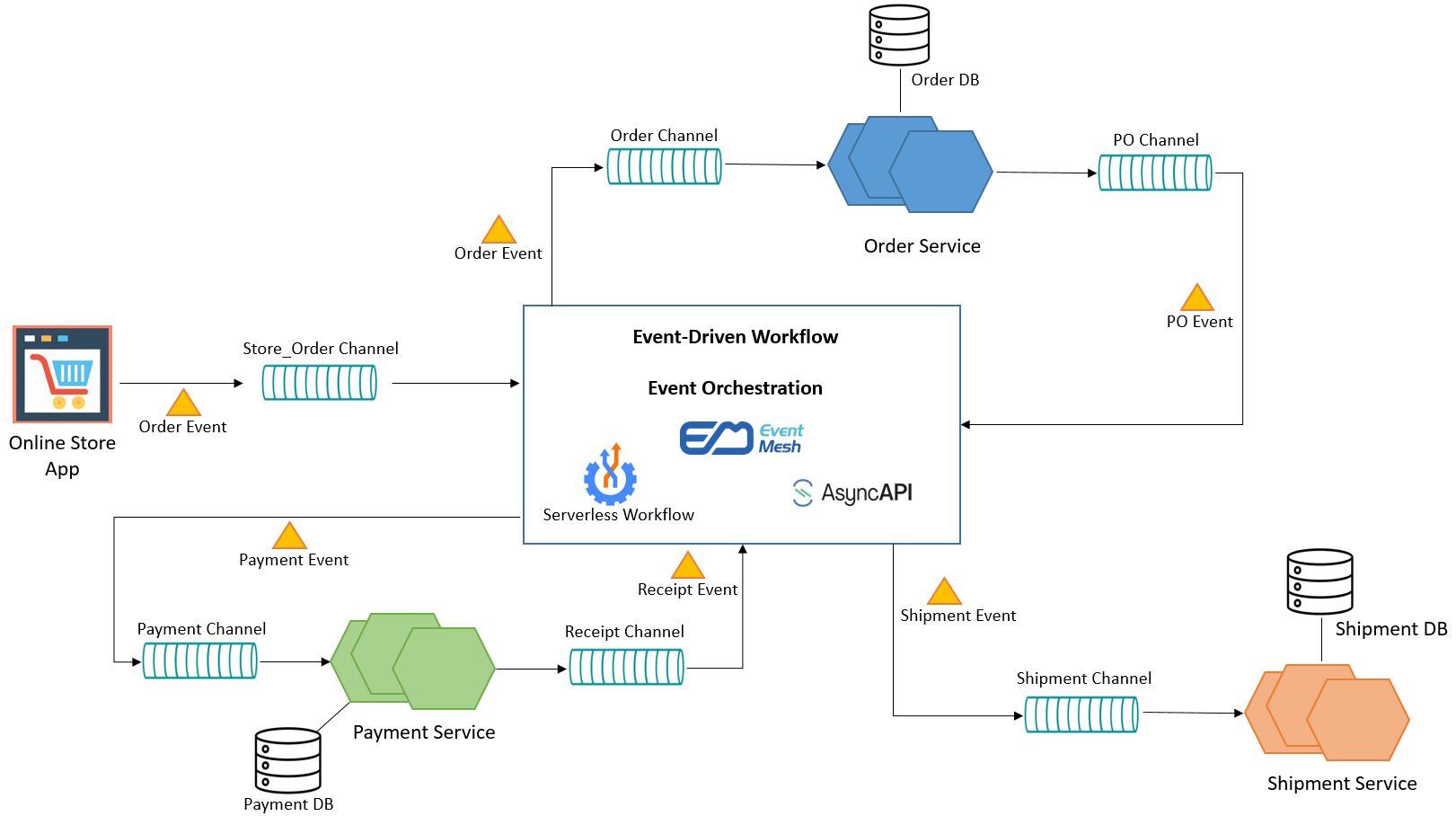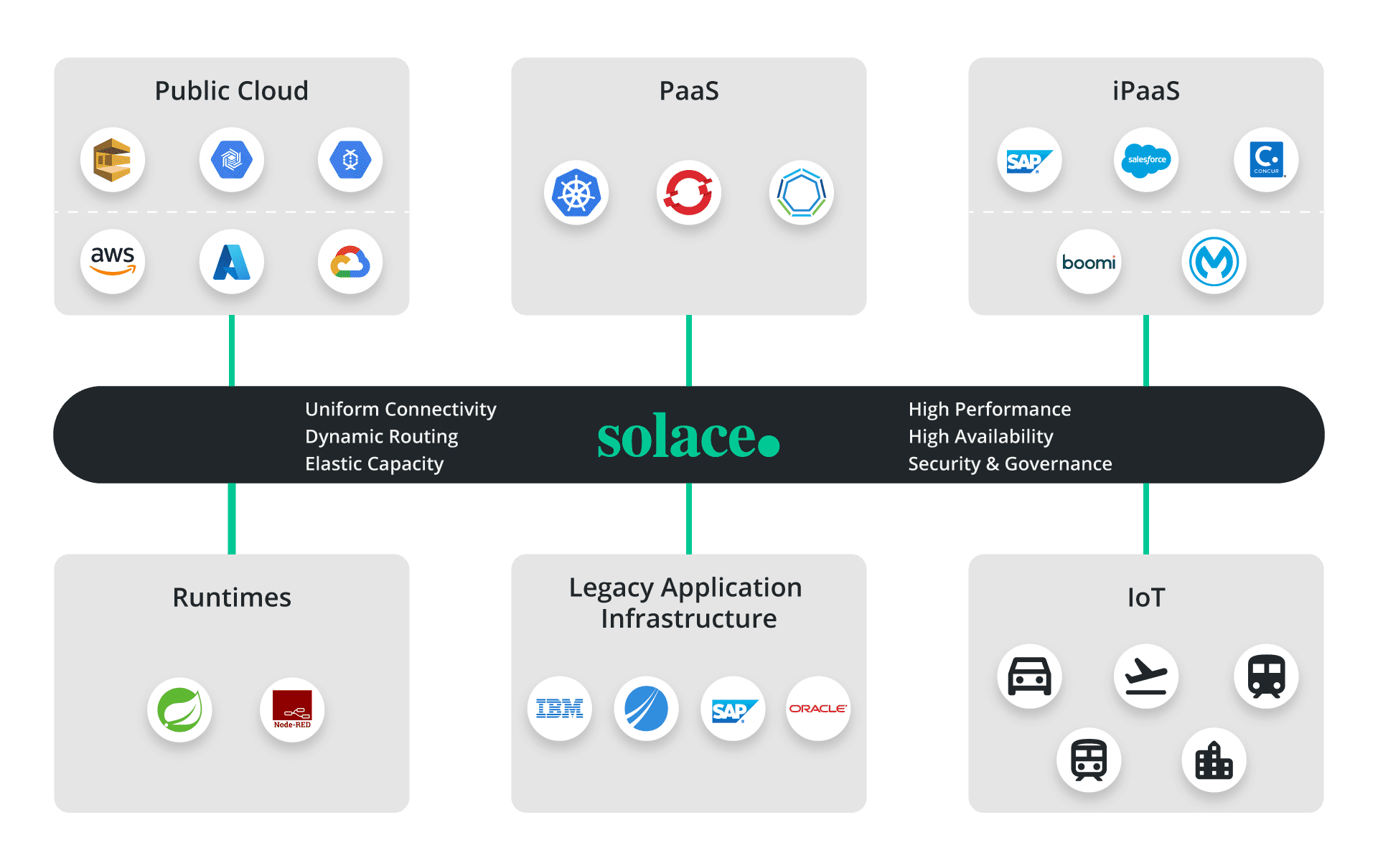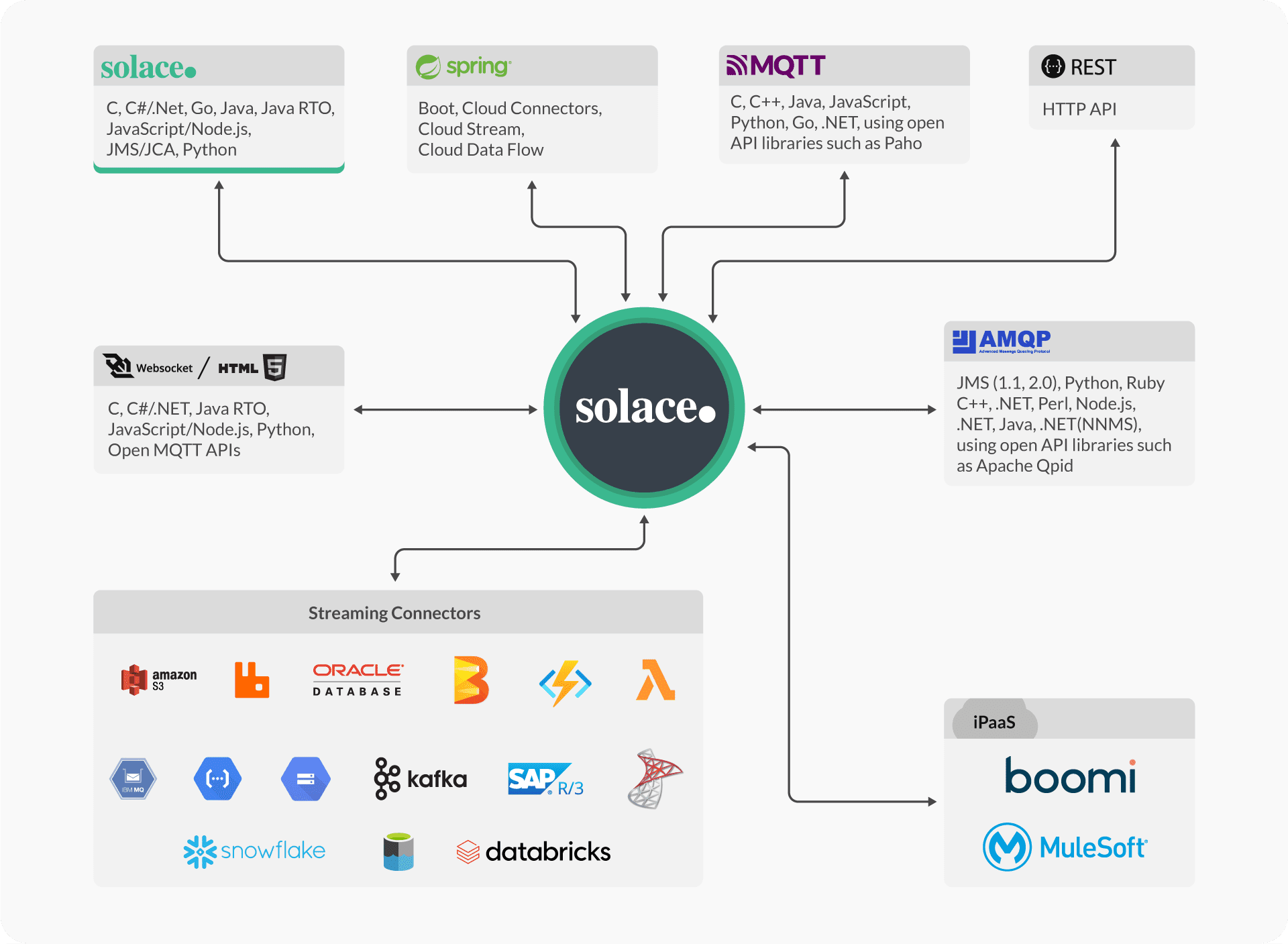Key Points
- Proprietary solutions have high risk
- Dual license ( open-source community and enterprise ) solutions have lower risks
- Consider how to integrate existing key platform features, services, components with the low-code solutions using shared state, events, data, messages
- Consider how migrate apps and related components with minimal effort to new versions
- Consider great tutorials, training exercises
- Consider need to host in your environment or another 3rd party environment
- Should define apps using standard metadata files so apps and services can be generated automatically on demand
- Should have easy build, test, deploy integration solutions
- Should be accessible via UI, API. Also consider GRPC, data services interfaces
References
| Reference_description_with_linked_URLs_______________________ | Notes______________________________________________________________ |
|---|---|
| Skyve - eos cloud app low-code dev tool | Java cloud solution generator uses Wildfly server only |
| m Grails | |
| JHipster | JHipster - java app / services generation with Nodejs, javascript for microservices JHipster Lite - Java, NPM solution for SCRUD services - apps |
| spring | |
| m Dev Tools | |
| Google App Dev | |
| m Design | |
| m CX Design and Tools | |
| m REST API design and tools | |
| m Data Architecture#Data-Services-Open-Solutions | |
| https://www.pulpstream.com/resources/blog/open-source-low-code-platform | |
| https://budibase.com/blog/open-source-low-code-platforms/ | |
https://github.com/Budibase/budibase https://docs.budibase.com/docs/hosting-methods | Budibase - GPL v3 - full open source, open deployment low code toolset Budibase pulls in data from multiple sources, including MongoDB, CouchDB, PostgreSQL, MySQL, Airtable, S3, DynamoDB, or a REST API. And unlike other platforms, new public API is simple to use, flexible, i>>> could add JPA, service interfaces, workflow engines etc https://budibase.com/blog/data/building-a-crud-app-with-budibase-and-next.js/ |
https://github.com/skyvers/skyve https://skyvers.github.io/Aged-care/ https://github.com/skyvers/skyve-cookbook https://github.com/skyvers/skyve-dev-guide/blob/master/_pages/concepts.md | Skyve - Java based low code app builder but only deploys to Skyve servers |
https://github.com/bram2w/baserow https://api.baserow.io/api/redoc/ https://github.com/bram2w/baserow/blob/master/docs/installation/install-with-docker-compose.md | Baserow is an open source no-code database tool Limited capability low-code development toolset Community edition only supports 3000 rows per table can deploy anywhere |
Joget is an open source no-code / low-code application platform limited functionality in the Community edition product - no CRUDS etc | |
https://github.com/saltcorn/saltcorn | Saltcorn is an entirely free, open-source no-code platform under the MIT license. ***
|
Nodered - open-source visual builder for IoT workflow apis wiring hardware devices and connecting APIs, third-party apps, and services. | |
https://github.com/StackStorm/st2 https://github.com/StackStorm/st2docs https://docs.stackstorm.com/install/index.html | StackStorm open-source platform for integration and automation across services and tools. It ties together your existing infrastructure and application environment so you can more easily automate that environment -- with a particular focus on taking actions in response to events.
Sensors integrate with external systems and services using either a polling approach (sensors periodically connect to an external system to retrieve data), or a passive approach, where they listen on some port, receiving data using whatever custom protocol you define. 100+ open-source integrations available i>>> community lacks LDAP, RBAC support |
| https://github.com/huginn/huginn | Huginn Huginn is a system for building agents that perform automated tasks for you online. They can read the web, watch for events, and take actions on your behalf. Huginn's Agents create and consume events, propagating them along a directed graph.
|
https://github.com/WordPress/WordPress file:///Volumes/GoogleDrive/My%20Drive/_work/temp/wordpress-overview-p1.html https://wordpress.org/support/article/overview-of-wordpress/ https://wordpress.org/support/ https://wordpress.org/support/forums/ https://wordpress.org/support/ | Wordpress WordPress is a free and open-source content management system (CMS) based on PHP and MySQL. WordPress is one of the most popular open-source content management system platforms. WordPress simplifies building and publishing high-ranking and searchable websites and blogs. It’s written in PHP and paired with a MySQL database. |
https://pycaret.gitbook.io/docs/ https://pycaret.gitbook.io/docs/get-started/tutorials https://pycaret.gitbook.io/docs/learn-pycaret/examples https://pycaret.readthedocs.io/en/latest/index.html https://pycaret.gitbook.io/docs/get-started/functions/deploy#create_api | Pycaret - open-source ML app builder from ML notebook With PyCaret, you don’t have to leave your Notebook. Train your model, analyze it, iterate faster than ever before, and deploy it instantaneously as a REST API or even build a simple front-end ML app. All from the comfort of your Notebook. nd-to-end machine learning and model management tool that exponentially speeds up the experiment cycle and makes you more productive. build REST APIs, docker images |
https://docs.joomla.org/Tutorials:Beginners | Joomla is another popular free open source CMS platform |
https://www.drupal.org/documentation https://api.drupal.org/api/drupal https://api.drupal.org/api/drupal/core%21core.api.php/group/events/10 https://www.drupal.org/docs/user_guide/en/index.html | Drupal - open-source PHP CMS, Web solution w rules engine many plugins event dispatching and subscribing |
http://eventmesh.incubator.apache.org/ https://eventmesh.incubator.apache.org/docs/roadmap | Event Mesh - open-source cloud-native eventing infrastructure that decouples the application and backend middleware layer, |
Key Concepts
Potential Value Opportunities
Potential Challenges
Candidate Solutions
Event Mesh - open-source cloud-native eventing infrastructure that decouples the application and backend middleware layer,
http://eventmesh.incubator.apache.org/
Features
- Communication Protocol: EventMesh could communicate with clients with TCP, HTTP, or gRPC.
- CloudEvents: EventMesh supports the CloudEvents specification as the format of the events. CloudEvents is a specification for describing event data in common formats to provide interoperability across services, platforms, and systems.
- Schema Registry: EventMesh implements a schema registry that receives and stores schemas from clients and provides an interface for other clients to retrieve schemas.
- Observability: EventMesh exposed a range of metrics, such as the average latency of the HTTP protocol and the number of delivered messages. The metrics could be collected and analyzed with Prometheus or OpenTelemetry.
- Event Workflow Orchestration: EventMesh Workflow could receive an event and decide which command to trigger next based on the workflow definitions and the current workflow state. The workflow definition could be written with the Serverless Workflow DSL.
Components
Apache EventMesh (Incubating) consists of multiple components that integrate different middlewares and messaging protocols to enhance the functionalities of the application runtime.
- eventmesh-runtime: The middleware that transmits events between producers and consumers, which supports cloud-native apps and microservices.
- eventmesh-sdk-java: The Java SDK that supports HTTP, TCP, andgRPCprotocols.
- eventmesh-sdk-go: The Golang SDK that supports HTTP, TCP, andgRPCprotocols.
- eventmesh-connector-plugin: The collection of plugins that connects middlewares such asApache RocketMQ(implemented)Apache Kafka(in progress),Apache Pulsar(in progress), andRedis(in progress).
- eventmesh-registry-plugin: The collection of plugins that integrate service registries such asNacosandetcd.
- eventmesh-security-plugin: The collection of plugins that implement security mechanisms, such as ACL (access control list), authentication, and authorization.
- eventmesh-protocol-plugin: The collection of plugins that implement messaging protocols, such asCloudEventsandMQTT.
- eventmesh-admin: The control plane that manages clients, topics, and subscriptions.
Event Mesh Solution Example
https://eventmesh.incubator.apache.org/docs/design-document/workflow
https://eventmesh.incubator.apache.org/docs/roadmap
Event Mesh architecture
https://github.com/apache/incubator-eventmesh
Apache EventMesh (Incubating) is a dynamic event-driven application multi-runtime used to decouple the application and backend middleware layer, which supports a wide range of use cases that encompass complex multi-cloud, widely distributed topologies using diverse technology stacks.
Solace Event Services
No open-source
https://solace.com/products/prices/
Why Solace
https://solace.com/why-solace/
A PubSub+ powered event mesh spans hybrid, multi-cloud, and IoT environments (locally, regionally, globally), all with out-of-the-box:
- Intelligent and dynamic event/message routing with built-in WAN optimization
- Hierarchical topics and wildcards (see best practices here)
- Support for multiple open standard protocols and APIs
PubSub+ lets you connect event brokers to form an event mesh—an architecture layer that allows you to dynamically route events from one application to any other application no matter where those applications are deployed (no cloud, private cloud, public cloud)—so you can connect and orchestrate microservices, push events from on-premises systems of record to cloud services, and enable digital transformation across LoBs and IoT.
Solace Event Mesh
https://solace.com/solutions/initiative/event-mesh/
An event mesh is an architecture layer that allows events from one application to be dynamically routed and received by any other application no matter where these applications are deployed (no cloud, private cloud, public cloud). This layer is composed by a network of Event Brokers. Event brokers are a modern form of messaging middleware, which are designed to move events across the distributed enterprise.
Solace enables an event mesh with PubSub+, our advanced event brokers. You create an event mesh with Solace by deploying PubSub+ in any/all your environments (public/private clouds, on premises), and then connecting them, at which point all applications, microservices, cloud services, SaaS, iPaaS and legacy systems connected to an event broker in the mesh will be instantly and continuously connected with one another.
Solace Connectors
Stackstorm.com - event driven integration platform - dual license
https://docs.stackstorm.com/install/index.html
Step-by-step guide for Example
sample code block






